In critical moments, understanding What Happens During CPR is paramount for effective emergency response. This comprehensive guide takes you through each minute of a CPR situation, offering insights into crucial actions and decisions.
Contents
- 1 Overview of CPR as a Life-Saving Technique
- 2 The First Minute: Identifying an Emergency
- 3 The Second Minute: Assessing Responsiveness
- 4 The Third Minute: Activating Emergency Services
- 5 The Fourth Minute: Checking for Breathing
- 6 The Fifth Minute: Determining Pulse
- 7 The Sixth Minute: Initiating Chest Compressions
- 8 The Seventh Minute: Adding Rescue Breaths
- 9 The Eighth Minute: Introducing CPR Devices
- 10 The Ninth Minute: Professional Assistance
- 11 The Tenth Minute: Continuous CPR
- 12 The Eleventh Minute: Monitoring and Adjusting
- 13 The Twelfth Minute: Involving Bystanders
- 14 The Thirteenth Minute: Communicating with Professionals
- 15 The Fourteenth Minute: Reflecting on the Experience
- 16 Conclusion
- 17 Frequently Asked Questions (FAQs)
- 17.1 1. How quickly should CPR be initiated in an emergency?
- 17.2 2. Can anyone perform CPR, or is formal training necessary?
- 17.3 3. What role does a CPR feedback device like CPRmeter play in CPR?
- 17.4 4. How often should rescue breaths be administered during CPR?
- 17.5 5. What emotional challenges might one face after performing CPR?
Overview of CPR as a Life-Saving Technique
Before diving into the What Happens During CPR, let’s establish the fundamental importance of CPR. It acts as a crucial link in the chain of survival, providing immediate care until professional help arrives. CPR, or Cardiopulmonary Resuscitation, is a life-saving technique designed to revive individuals experiencing cardiac or respiratory emergencies. Knowing the sequence of events during CPR is essential for anyone wanting to be a proactive responder.
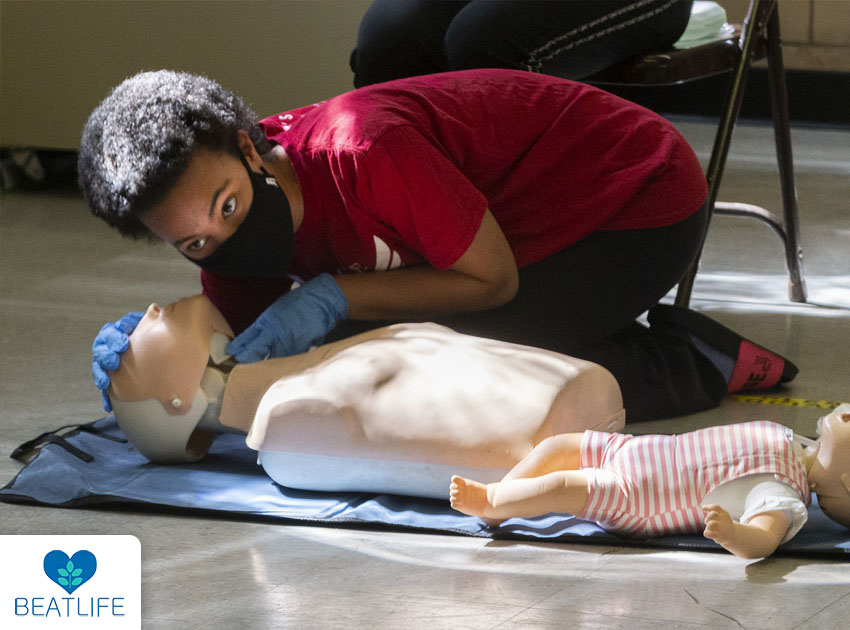
The First Minute: Identifying an Emergency
Recognizing Signs of a Person in Need of CPR
The initial step to know What Happens During CPR is identifying when someone requires CPR. Look for signs of unresponsiveness, abnormal breathing, or the absence of breathing altogether. Quick recognition is key to initiating a timely response.
Emphasizing the Critical Importance of a Quick Response
In the first minute, urgency is paramount. Every second counts, and a rapid response significantly increases the chances of a positive outcome. Be prepared to take immediate action.

The Second Minute: Assessing Responsiveness
Techniques for Checking for Responsiveness
Tap and shout to assess responsiveness. If there’s no reaction, assume unresponsiveness. This quick evaluation informs the subsequent steps in the CPR process.
Immediate Actions Upon Finding Unresponsiveness
If the person doesn’t respond, act promptly. Check for breathing and pulse, laying the foundation for the life-saving measures to follow.
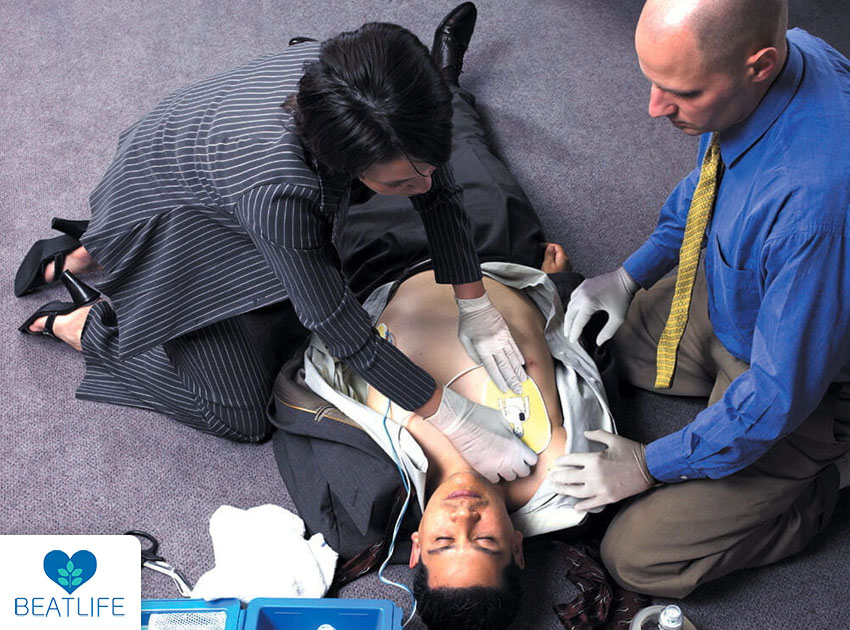
The Third Minute: Activating Emergency Services
Instructing Others to Call Emergency Services
While assessing responsiveness, instruct someone nearby to call emergency services. Swift communication ensures that professional help is on the way, complementing your efforts.
The Role of Quick Communication in Emergency Situations
The third minute is dedicated to establishing communication with emergency services. Provide clear and concise information, emphasizing the need for urgent medical assistance.

The Fourth Minute: Checking for Breathing
Methods for Evaluating Breathing
Carefully observe the person’s chest for signs of normal breathing. Pay attention to chest movement and listen for breath sounds. This assessment guides the decision-making process in the next crucial minutes.
Recognizing Irregular Breathing Patterns
Identifying What Happens During CPR is highly depend on identifying irregular breathing patterns is vital. If the person is not breathing properly or shows signs of abnormal breathing, the CPR sequence intensifies.
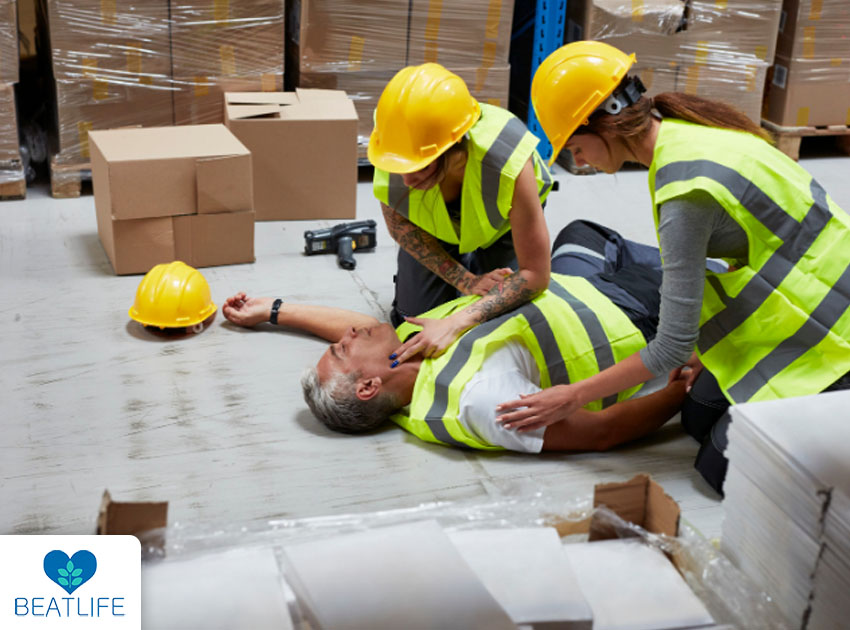
The Fifth Minute: Determining Pulse
Significance of Pulse Checks in CPR
Pulse checks help determine whether the heart is beating. Mastering this skill is challenging but essential for making informed decisions during CPR. Practice and training enhance proficiency.
Techniques for Assessing the Presence of a Pulse
Learn the correct techniques for assessing the presence of a pulse. Focusing on major pulse points like the carotid artery or radial artery ensures accurate evaluation.
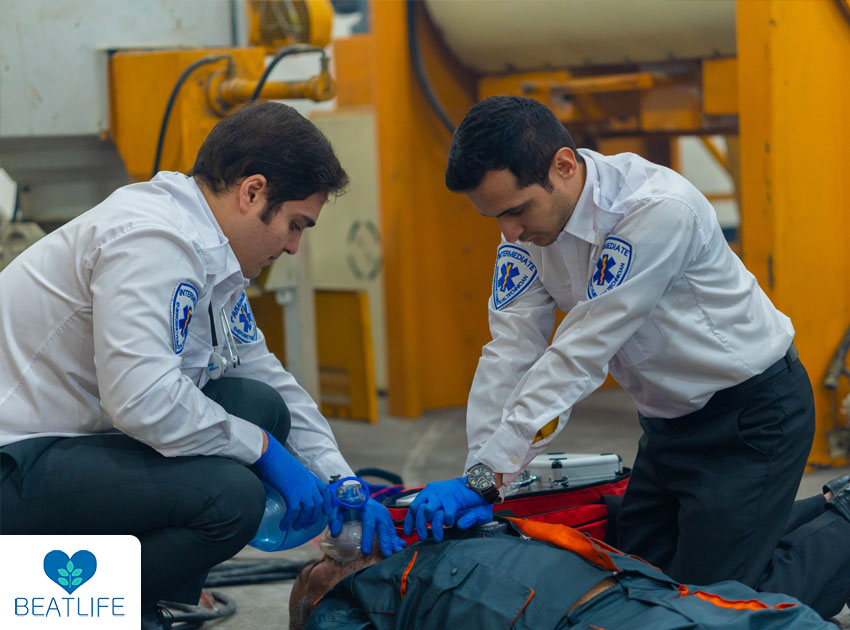
The Sixth Minute: Initiating Chest Compressions
Proper Hand Placement and Technique for Chest Compressions
If you cannot detect a pulse within 10 seconds, initiate chest compressions. Proper hand placement and the right compression technique are critical for effective CPR.
The Importance of Prompt Initiation of Chest Compressions
Starting CPR promptly is crucial. The sixth minute marks the initiation of chest compressions, the cornerstone of effective CPR.
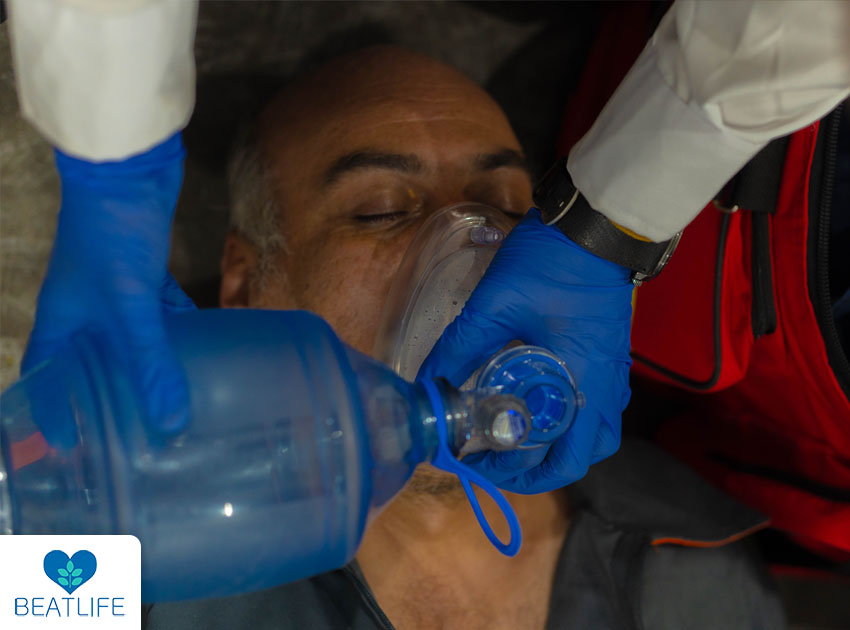
The Seventh Minute: Adding Rescue Breaths
Incorporating Rescue Breaths into the CPR Cycle
If trained, incorporate rescue breaths into the CPR cycle. Administer two breaths every 30 compressions, enhancing oxygenation during the life-saving process.
Maintaining the Right Ratio of Compressions to Breaths
Maintain the recommended ratio of compressions to rescue breaths. This balanced approach optimizes the chances of restoring circulation and breathing.

The Eighth Minute: Introducing CPR Devices
Overview of CPR Feedback Devices like CPRmeter
Explore the role of CPR feedback devices like CPRmeter in enhancing CPR effectiveness. These devices offer real-time guidance on compression depth and frequency.
Enhancing CPR Effectiveness with Technological Support
In the eighth minute, we delve into the role of technology in CPR. CPR feedback devices, such as CPRmeter, provide instant feedback, improving the overall quality of chest compressions.
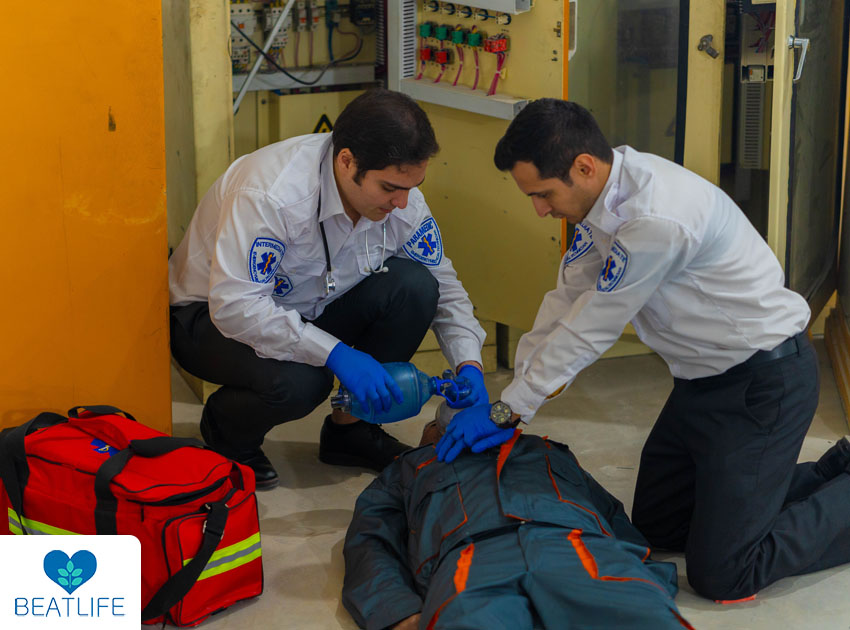
The Ninth Minute: Professional Assistance
The Arrival of Medical Professionals
As professional medical help arrives, be prepared to transition care. Provide essential information and support to the arriving healthcare providers, ensuring continuity of care.
Transitioning Care and Collaboration with Healthcare Providers
Collaborate with healthcare professionals, sharing insights into the CPR process. Effective communication is crucial for seamless care transition.
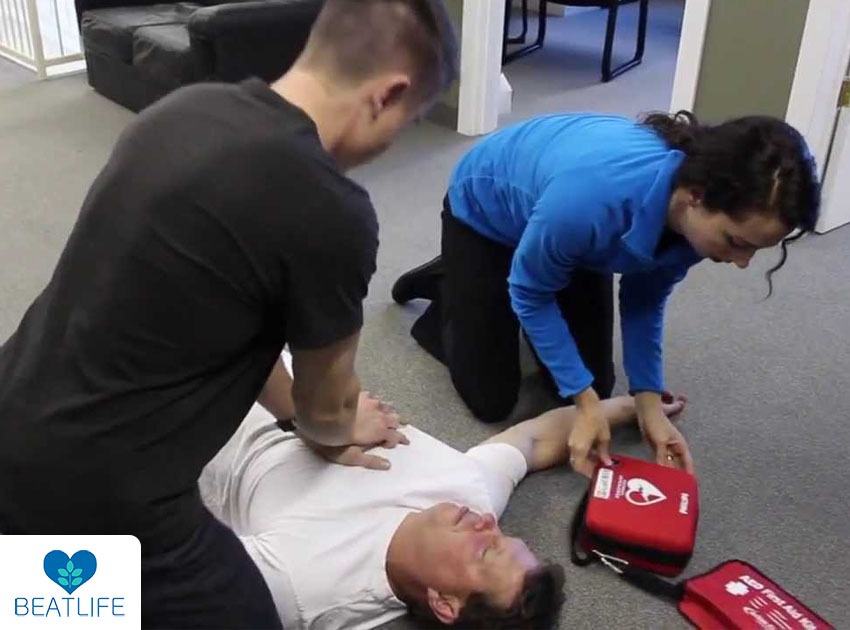
The Tenth Minute: Continuous CPR
Importance of Sustaining CPR Until Professional Help Arrives
Continuous CPR is paramount until professional assistance arrives. Maintain a steady rhythm, adapting to the victim’s condition while awaiting advanced medical interventions.
Consistency in Compressions for Optimal Results
Consistency in compressions is key. Avoid fatigue by maintaining an efficient rhythm until the arrival of professional medical help or signs of spontaneous breathing.

The Eleventh Minute: Monitoring and Adjusting
Observing Changes in the Victim’s Condition
Stay vigilant and observe changes in the victim’s condition. Adapt CPR techniques based on the response, ensuring optimal care throughout the emergency.
Adapting CPR Techniques Based on Evolving Situations
Flexibility in CPR techniques is crucial. Be ready to adjust the intensity and approach based on the evolving situation, optimizing the chances of a positive outcome.
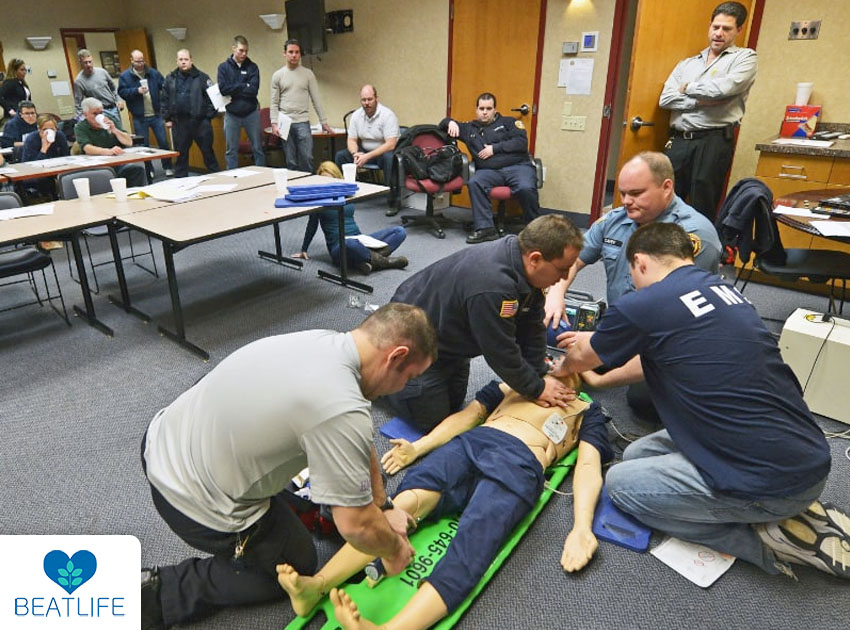
The Twelfth Minute: Involving Bystanders
Encouraging Bystanders to Assist in CPR
Bystander assistance can enhance the effectiveness of CPR. Encourage those around you to join in, creating a collaborative effort to improve the chances of success.
The Power of Teamwork in Emergency Responses
Teamwork plays a vital role. Engaging bystanders creates a supportive environment, increasing the overall effectiveness of CPR during critical moments.
The Thirteenth Minute: Communicating with Professionals
Sharing Critical Information with Arriving Medical Professionals
Effectively communicate with arriving medical professionals. Provide a concise overview of the CPR process, aiding them in seamlessly taking over the care of the victim.
Smooth Transition of Care and Handover Procedures
Facilitate a smooth transition of care to medical professionals. Your insights into the initial minutes of CPR are valuable for ongoing medical interventions.
The Fourteenth Minute: Reflecting on the Experience
Addressing the Emotional Aspects of Performing CPR
Performing CPR can evoke intense emotions. Take a moment to reflect on the experience, acknowledging the emotional impact and seeking support if needed.
Seeking Support and Coping with the Aftermath
Processing the situation is essential. Reach out for support, discussing the experience with peers or professionals to navigate the emotional aftermath of CPR.
Conclusion
In conclusion, understanding What Happens During CPR is a vital skill for every individual. This minute-by-minute guide emphasizes the critical actions and decisions that contribute to the effectiveness of CPR. By mastering these steps, you become a proactive responder, significantly enhancing the chances of a positive outcome in emergency situations.
Frequently Asked Questions (FAQs)
1. How quickly should CPR be initiated in an emergency?
CPR should be started within the first few minutes of identifying an unresponsive person.
2. Can anyone perform CPR, or is formal training necessary?
While anyone can attempt CPR, formal training increases effectiveness.
3. What role does a CPR feedback device like CPRmeter play in CPR?
CPRmeter provides real-time guidance on compression depth and frequency, enhancing overall CPR quality.
4. How often should rescue breaths be administered during CPR?
Rescue breaths are administered every 30 compressions in the CPR cycle.
5. What emotional challenges might one face after performing CPR?
Performing CPR can be emotionally challenging; seeking support is crucial for processing the experience.
Reviewed by Dr Jamshidi Mohammad Reza

